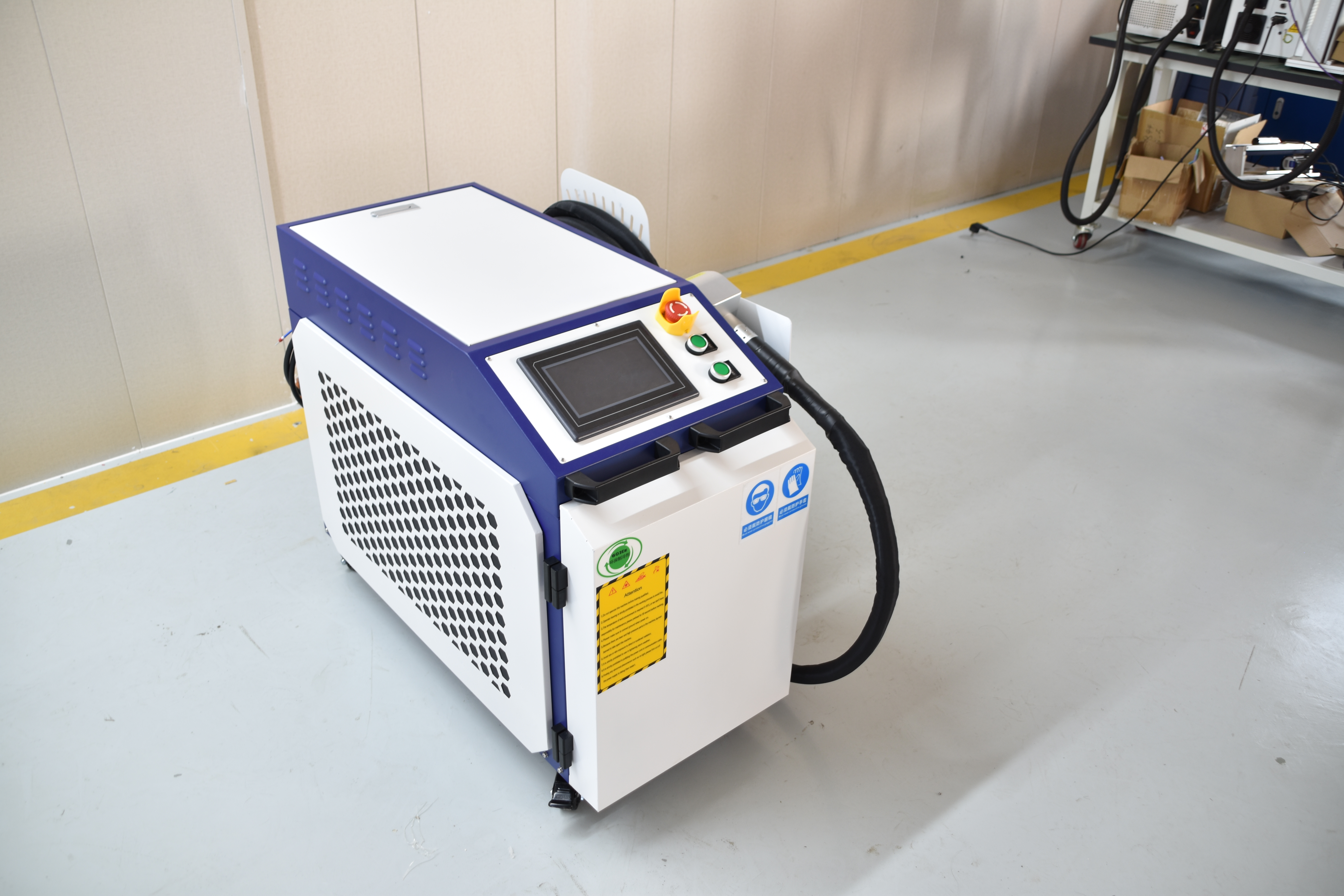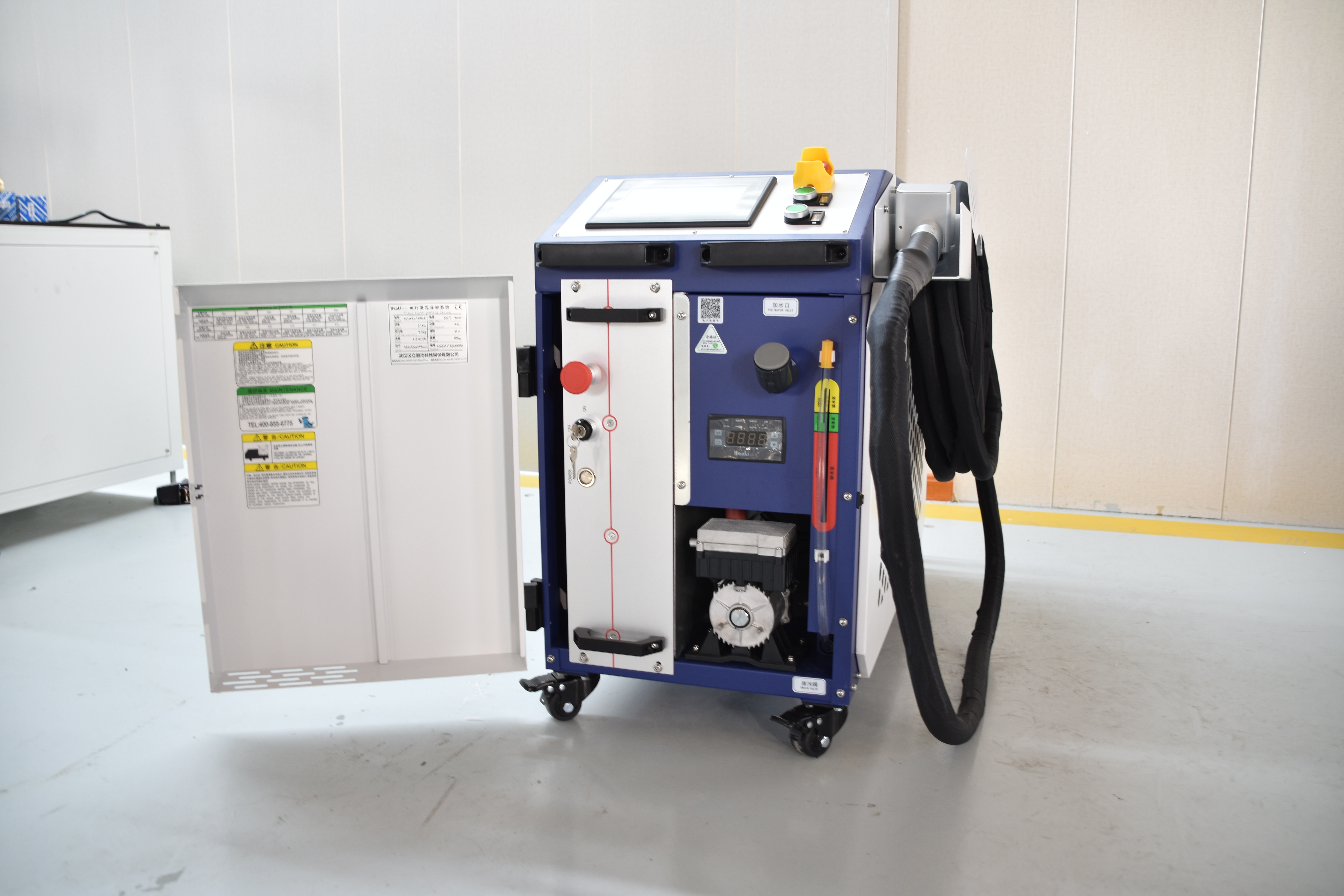What is the principle of laser cleaning machine
Jun,19,2024
Laser cleaning machines mainly use laser cleaning technology to irradiate the surface of the workpiece with a high-energy laser beam, causing the dirt, rust or
coating on the surface to evaporate or peel off instantly, and quickly and effectively remove the surface attachments or surface coatings of the cleaning object, thereby achieving a clean process. Basically, it can be classified into three categories: evaporation (gasification), fragmentation and peeling, and vibration ejection.
1. Evaporation (gasification): Due to the different chemical compositions of the substrate and the pollutant, the absorption rate of the laser is also different. If the type of laser and the pulse width are properly selected, the substrate will reflect more than 95% of the laser and will not be damaged. The pollutant will absorb most of the laser energy, causing its own temperature to rise instantly and produce gasification, so that the pollutant is removed without damaging the substrate.

2. Fragmentation and peeling: The fine particles of the pollutant absorb heat and expand instantly, fragmenting, overcoming the surface suction, and thus detaching from the surface of the object. Because the laser action time is extremely short, it can instantly generate an explosive impact force with great acceleration, which is sufficient to provide the fine particles with sufficient acceleration to detach from the adsorption of the substrate.
3. Vibration ejection: Since the pulse width of the laser beam is very small, the repeated action of the pulse will cause ultrasonic vibrations in the workpiece being cleaned, and then generate shock waves to break the particles and eject them from the surface of the substrate.






















